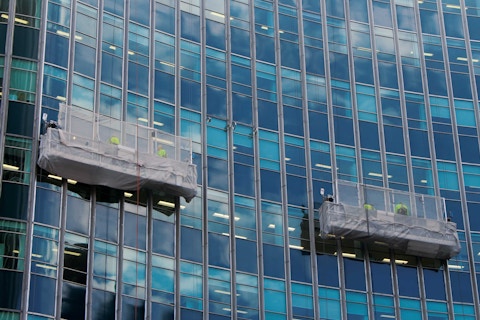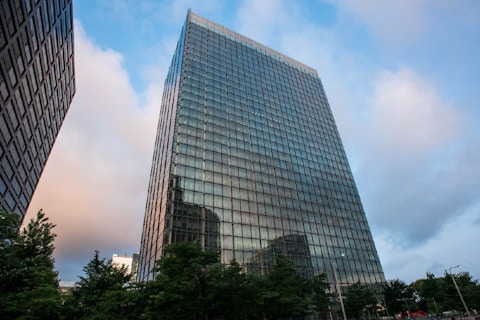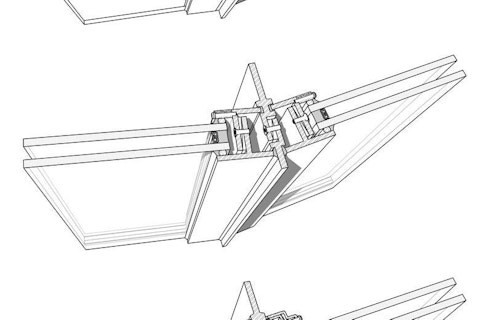
The Battle Over Building Energy Codes
An article in USGlass Magazine featuring Technoform's Helen Sanders and research from Facade Tectonics Institute
This feature article discusses the evolution and challenges of building energy codes, emphasizing their impact on the glass industry and energy efficiency.
Here is an overview:
Building Energy Codes
- Designed to improve energy efficiency in buildings, reducing energy demands and environmental impacts.
- Buildings account for 40% of total U.S. energy use and 35% of carbon emissions.
- Energy codes drive adoption of energy-efficient glass products, enhancing modern architecture.
- Critics argue affordability concerns hinder the implementation of stricter energy standards.
Push Back Against Energy Codes
- 15 states, including Missouri, have challenged new energy standards due to affordability issues.
- Legislation introduced to limit local governments' ability to enforce stricter energy codes.
- Concerns about housing affordability and rising construction costs are central to the debate.
Impact of Energy Codes
- DOE estimates model energy codes could save $182 billion in energy costs and avoid 745 million metric tons of carbon emissions.
- States like South Carolina and Oklahoma have not updated energy codes in over 16 years.
- Some areas see a decline in building permits after adopting stricter codes.
Industry Response and Future Directions
- The glass industry advocates for an "envelope-first" approach to building design to enhance energy efficiency.
- Collaboration between glazing experts and HVAC professionals is essential for effective energy modeling.
- Increased funding for code enforcement is necessary to ensure compliance and effectiveness of energy codes.
Looking for something specific?
Search our extensive library.
FTI’s SKINS email is the central source for the latest in building skin trends and research.
All emails include an unsubscribe link. You may opt out at any time. See our privacy policy.








